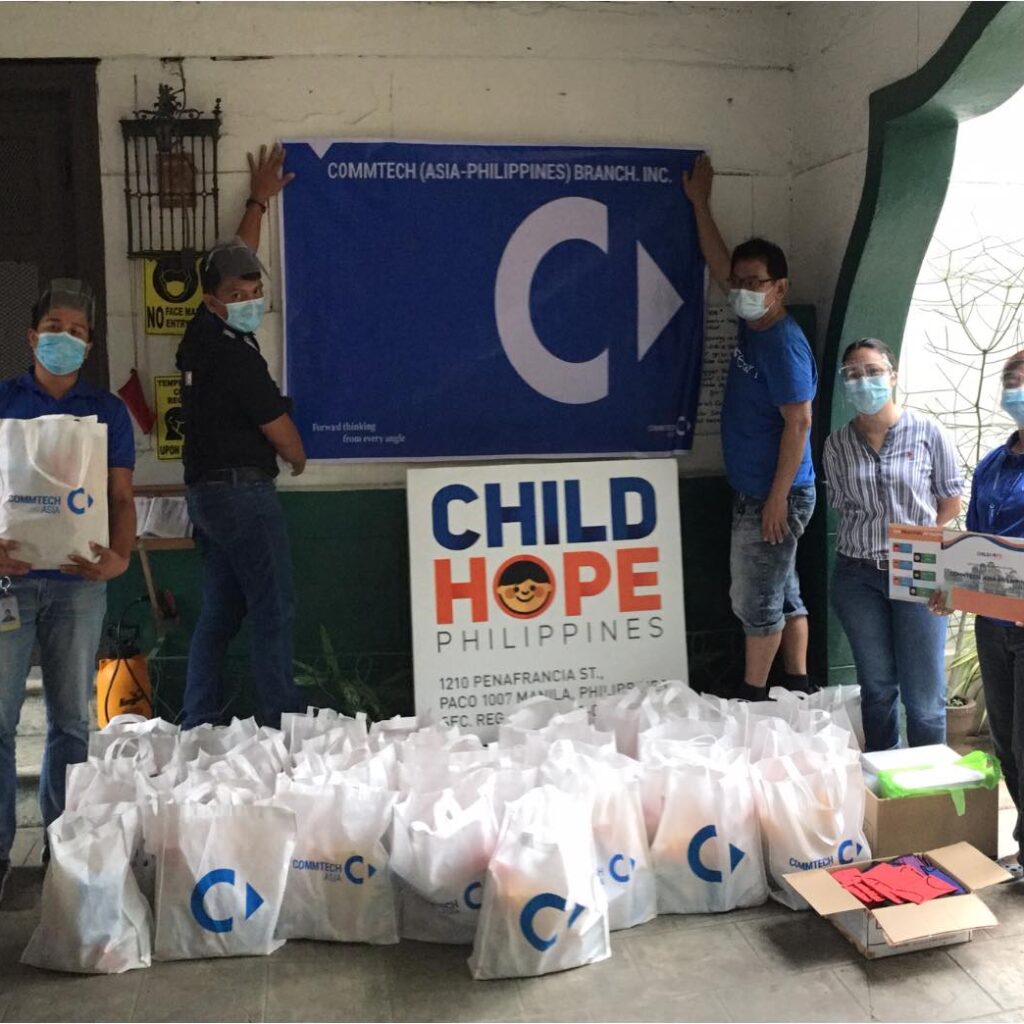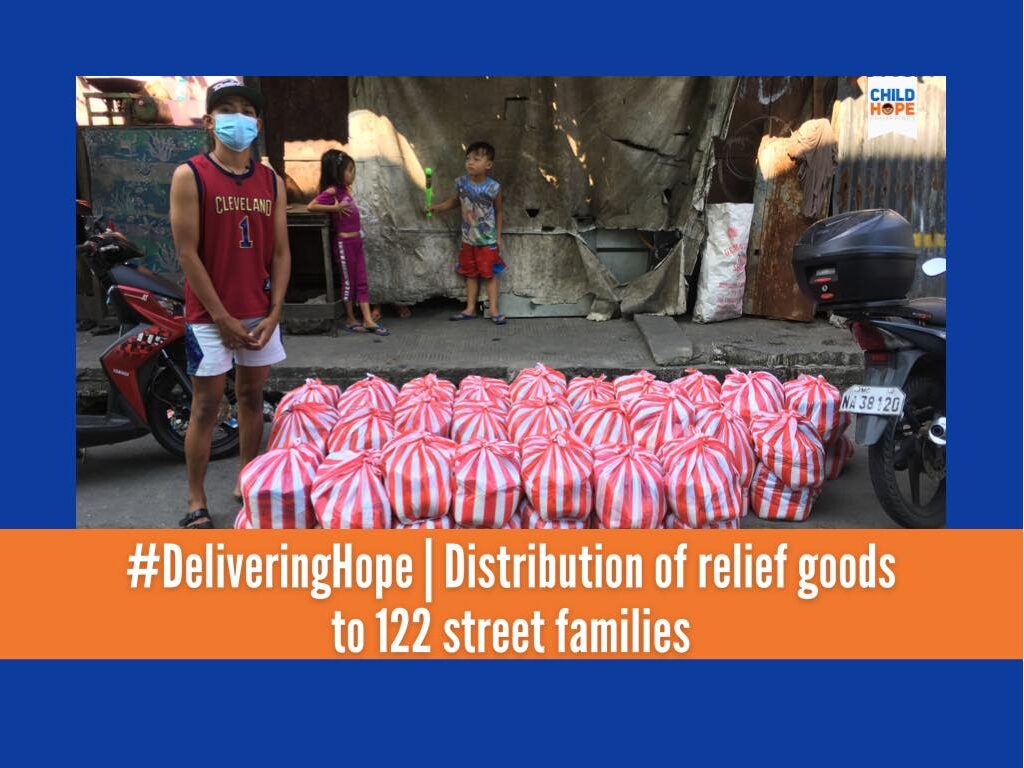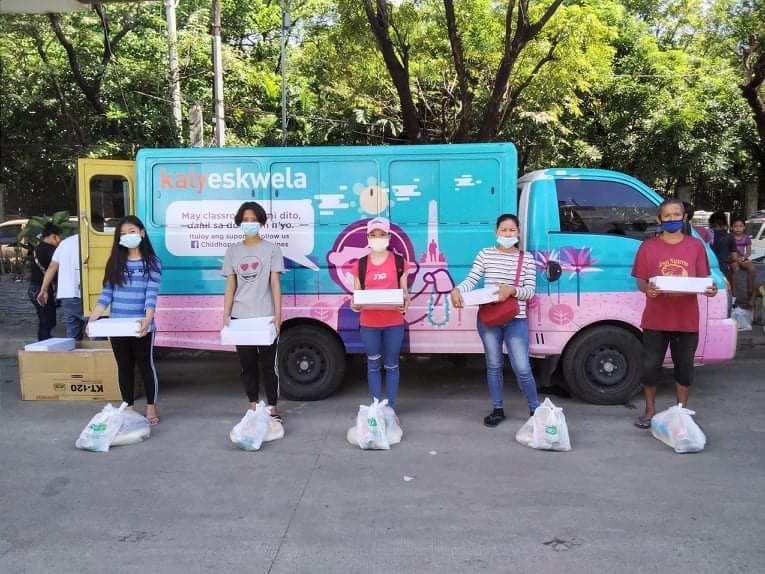This year, the country prepares itself as the government ramps up its efforts to procure vaccinations in hopes of curbing the effects of COVID-19. Having that said, there are reports about neglected street children amid the pandemic while it continues to rage on. As a result, the Department of Social Welfare and Development has urged the public to report sightings of kids in the streets during this critical juncture.
While the government, both in local and national levels, has programs in place to address this pressing issue; there are non-profit groups and foundations that make it their calling to advocate for the children’s right to a better quality of life.
What is Advocacy?
To start with, what does advocacy mean? Coming from a Latin word that means “call to one’s aid,” advocacy refers to the act of providing support, with the goal of promoting certain issues and making a change in one’s life. To achieve this goal, strong people or advocates speak out on someone else’s behalf. They help others tackle their adverse experiences, as well as raising and influencing public awareness. They also create ways on how these people can speak out.
As an advocate for the wellbeing of street children, Childhope Philippines dedicates itself to offering vital services aimed to promote the street children’s right to live, while also ensuring their safety.

What are the Types of Advocacy?
There are three common types of advocacy: self-advocacy, systems advocacy, and individual advocacy. Let’s look at the advocacy examples below.
1. Self-Advocacy
Self-advocacy includes you as the advocate. You are the one who stands up for yourself. You know your needs and defend your rights, and you promote your beliefs, interests, and feelings. With self-advocacy, you can be assertive. You can make your own decisions, since you are responsible for your life’s choices.
2. Systems Advocacy
In systems advocacy, you join others to tackle public issues. You speak out the public’s views and help make major decisions. You influence others to change policies. With these changes, the public’s lives improve.
Below are examples of systems advocacies in the Philippines:
- Education Network Philippines focuses on education reforms. It covers different aspects: early childhood care and development, education financing, and non-formal and formal education.
- HealthJustice Philippines aims to help Filipinos make sound health choices and avoid health risks. It also ensures that they have equal health access. It facilitates research on priority public health policies .In addition, it designs efficient tools for policy change.
- Women’s Legal and Human Rights Bureau speaks for women’s welfare. It promotes their holistic growth and legal advocacy. It also supports their dignity, rights, and leadership.
3. Individual Advocacy
In individual advocacy, you speak for others. You defend their rights and assert their needs. Here are some examples of individual advocacies in the Philippines:
- LoveYourself provides free HIV testing and counseling. This group uses a positive approach to promote HIV awareness and sexual health. It has a culture of love and belonging.
- Give.PH offers poor children with daily needs to keep them in school. Its three main programs are back to school, hygiene, and customized personal and corporate advocacy programs for children.
- Childhope Philippines launched Street Education and Protection (STEP). Its goal is to improve the life of street children.

What is Social Media’s Role in Advocacy Campaigns?
Social media helps define and promote advocacy. As an innovative tool, it connects people worldwide. With a global reach, it expands campaign efforts, while also unifying people with shared worldviews. Through social media, people have the same platform where they can share similar experiences. They can rapidly spread awareness and even debate about social issues. Below are a few examples of such campaigns:
- #BilangBabae is the campaign Philippine Commission on Women promoted on Facebook in March 2017 to celebrate National Women’s Month. This initiative aimed to gather the female netizens’ perspectives on two things: the changes they wanted to see relative to women’s issues and concerns, and how women saw themselves contributing to make those changes happen.
- Healthy Pilipinas campaigns for COVID Alis sa Pamilyang Wais on Facebook. It shares prevention tips on COVID-19. It has also received the support of the United States Agency for International Development (USAID).
- #iGiveHope and #DeliveringHope by Childhope Philippines promote street children’s welfare. They aim to empower them and their families. They also highlight the goal to address the needs of these children.
What is Childhope’s Advocacy for Street Children?
As a non-government organization (NGO), Childhope Philippines shows what advocacy is, let alone in this time of need. Along with the right to education and healthcare, it promotes the street children’s holistic growth. It also offers STEP that covers four areas: psychosocial interventions, skills development, appropriate education, and health services.
Through Childhope’s health advocacy, street children receive primary healthcare, consultations, and treatments. Through KliniKalye, they remain healthy and fit to learn.
In addition, through Childhope’s KalyEskwela, street children learn basic literacy and numeracy. Those who return to formal schooling also receive educational aid. Teens learn trade and tech skills through a youth empowerment project. They can then use these skills to work and support themselves and their families.

What Can You Do as an Advocate?
Changing children’s lives needs the help of everyone, including you. Advocating for their rights is complex at different levels. For example, you need to influence authorities so that they meet their obligations. With your experience and commitment, you can speak for children. You can support them, their families, and communities to claim their rights. You can also achieve key changes in policies, legislations, and practices. In turn, these changes will have a life-long impact on children’s lives.
To be an effective advocate, you may refer to the Advocacy Toolkit. It is a set of practical tools that you can use to design a structured approach. It covers several aspects of advocacy:
- Monitoring and evaluating
- Managing relevant knowledge
- Managing related risks
- Building and securing relationships
- Collaborating with children and young people
You can use the Advocacy Toolkit to plan your strategy. The stages of an advocacy cycle are as follows:
- Understand advocacy based on children’s rights
- Identify a certain area that you want to change
- Examine the situation
- Identify people/groups that you want to influence
- Determine people who can help you with your advocacy
- Set your goals
- Determine events that you can set up
- Choose appropriate strategies
- Plan activities
- Implement your plans
- Monitor, evaluate, learn, and get feedback
- Adapt your plan
After learning about what advocacy is, you can join Childhope Philippines in its advocacy. Through them, you can fight for the rights of Filipino street children. You can also provide support and change their lives. By supporting its cause, you can help them receive proper education and healthcare. Thus, you can contribute to fulfilling their hopes and meeting their needs.
